Fashion, an ever-evolving tapestry of creativity, is more than just clothing; it’s a narrative woven through time, a visual language that transcends cultures, and an art form that reflects the essence of individuality. In this article, we embark on a captivating journey through the enchanting world of fashion, exploring its historical roots, contemporary trends, and the enduring impact it has on our lives.





Fashion’s historical roots extend to ancient civilizations, where clothing wasn’t merely functional but a symbol of status and identity. From the elaborate robes of Egyptian pharaohs to the regal attire of European monarchs, fashion has always been intertwined with power, prestige, and cultural expression.





The Renaissance era marked a rebirth of art, culture, and fashion. Sumptuous fabrics, intricate embroidery, and tailored silhouettes became hallmarks of the period. Renaissance fashion celebrated individuality, emphasizing the beauty of the human form and influencing styles that would resonate for centuries.





Throughout history, certain individuals have emerged as fashion trailblazers. From the avant-garde styles of Marie Antoinette to the timeless elegance of Audrey Hepburn, these icons have left an indelible mark on the fashion landscape, shaping trends and inspiring generations.





Fashion, much like a dance, follows a rhythmic cycle. Trends from the past resurface, reinterpreted for contemporary tastes. The revival of retro styles, whether from the ’70s, ’80s, or ’90s, adds a nostalgic touch to the ever-changing landscape of fashion.





The advent of fast fashion has transformed the way we consume trends. High-street brands offer quick turnovers of styles at affordable prices, catering to a consumer culture that craves instant gratification. However, the environmental and ethical implications of fast fashion have sparked conversations about sustainable alternatives.



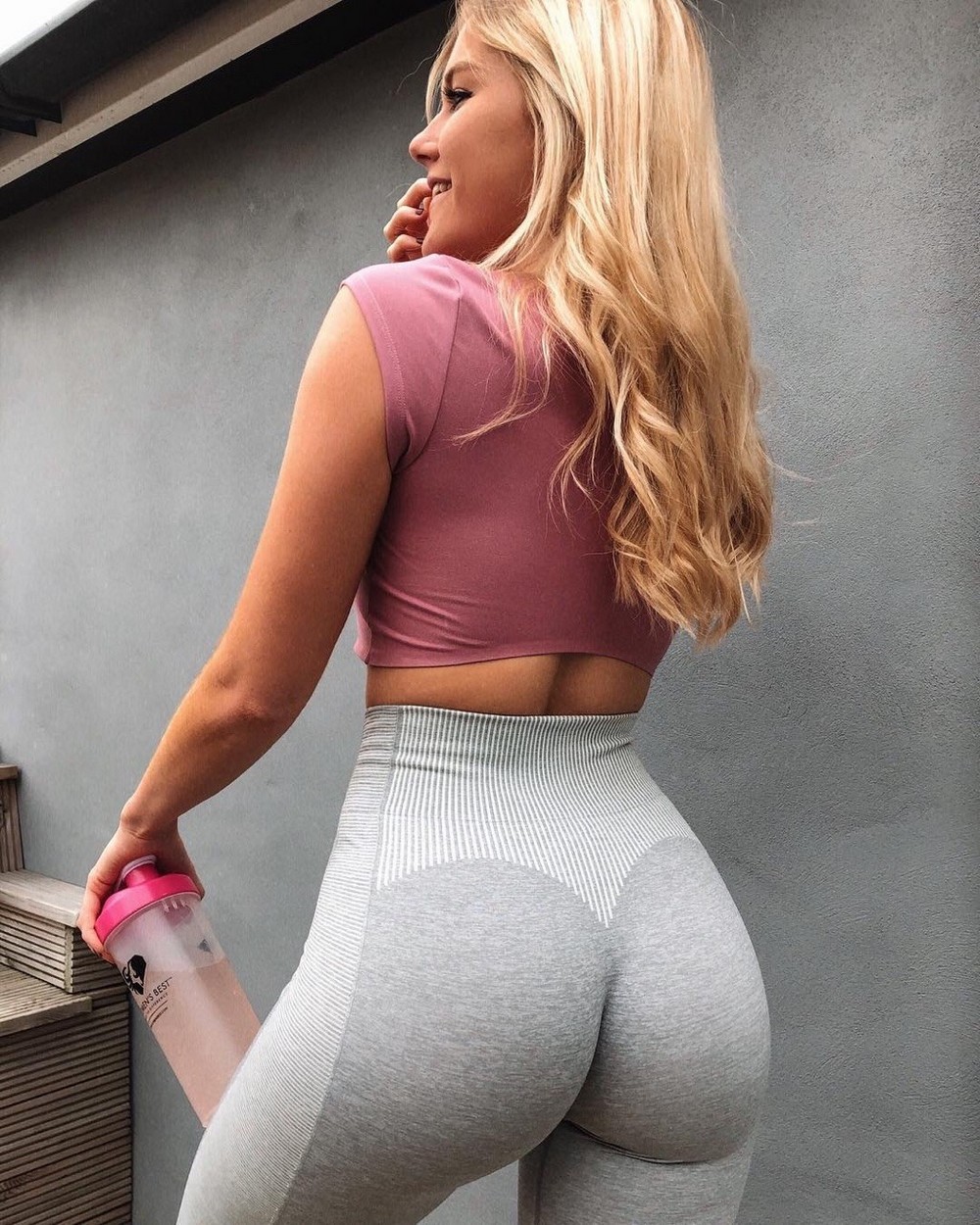
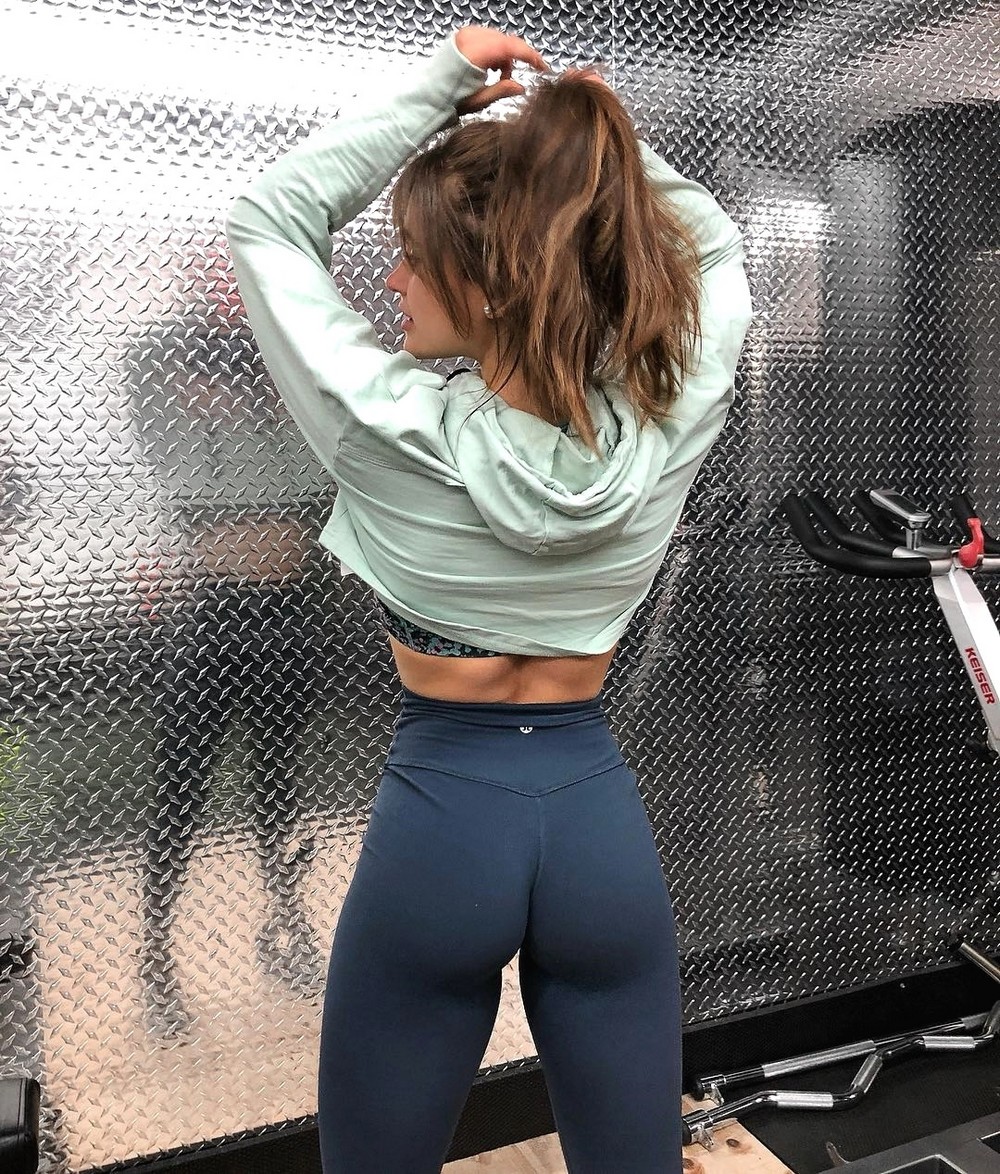
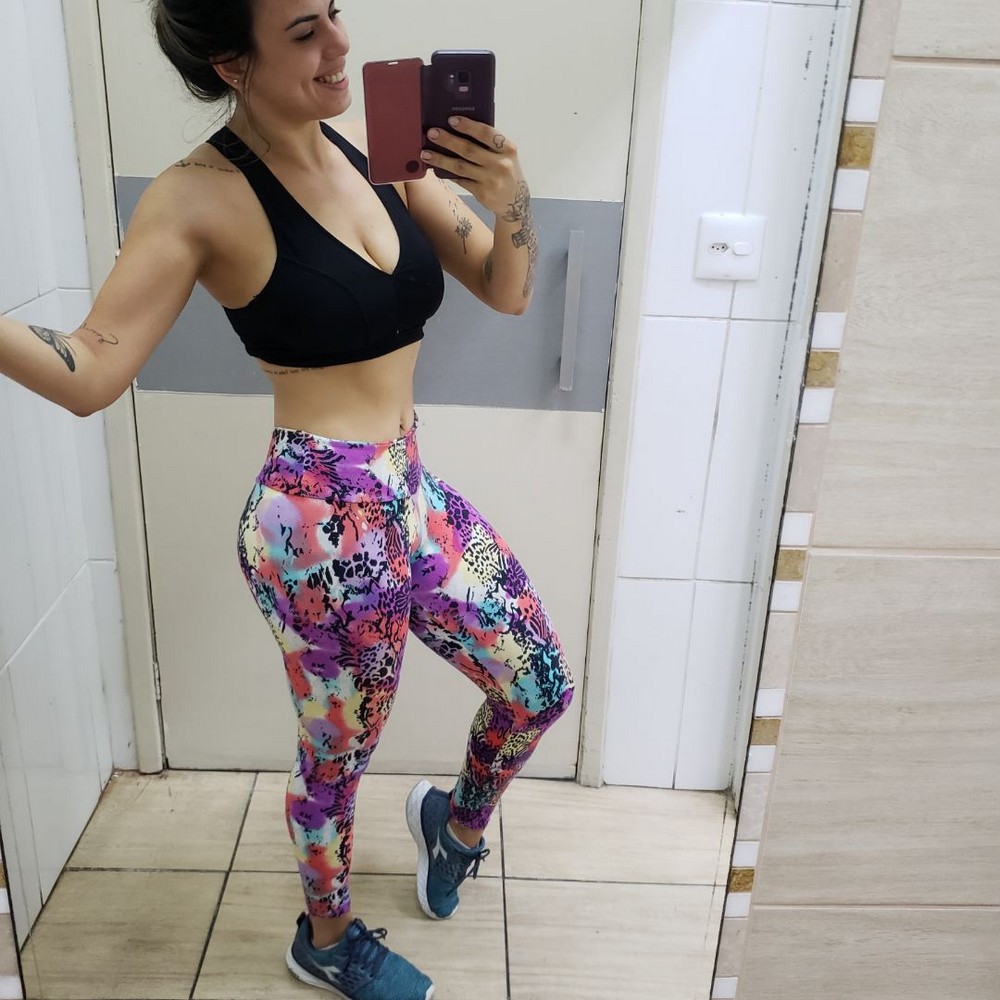

Clothing is a canvas, and fashion is the art of self-expression. The colors, textures, and styles we choose reflect our personalities, moods, and aspirations. Whether through bold statements or subtle nuances, fashion allows us to communicate without uttering a word.
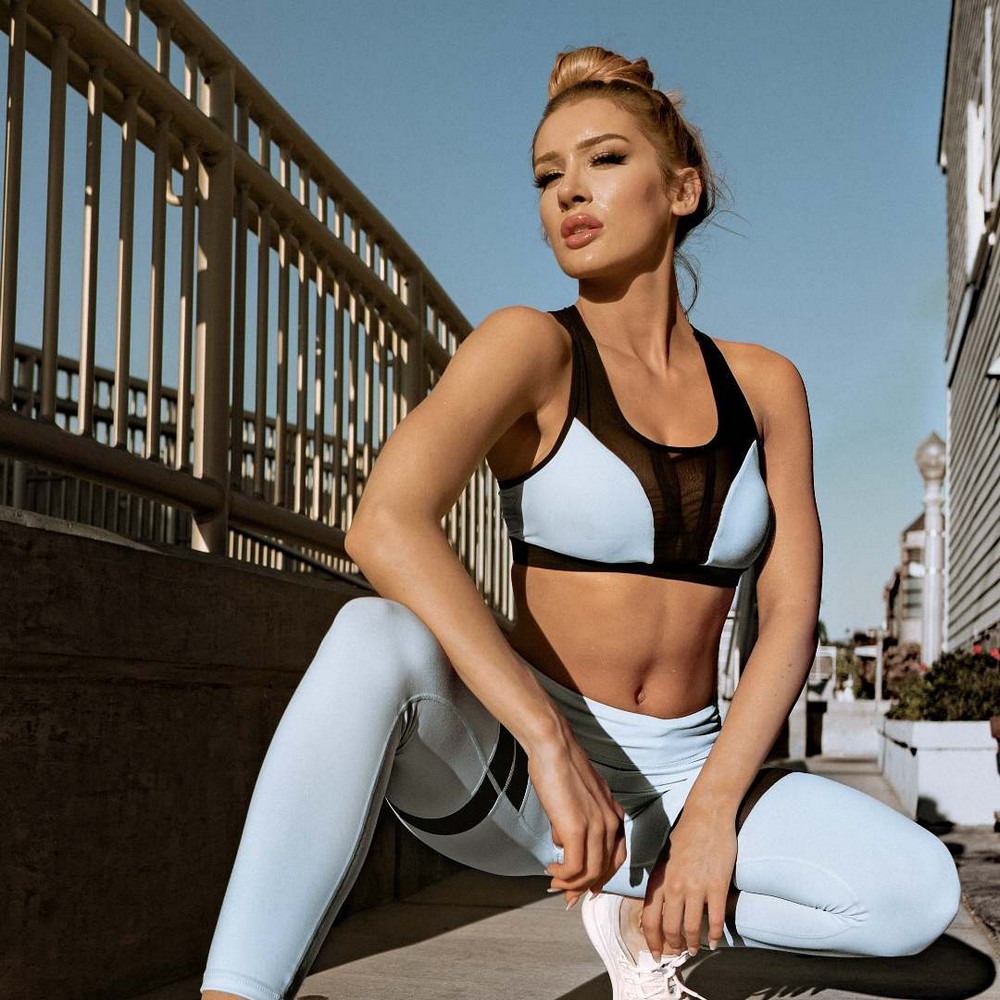


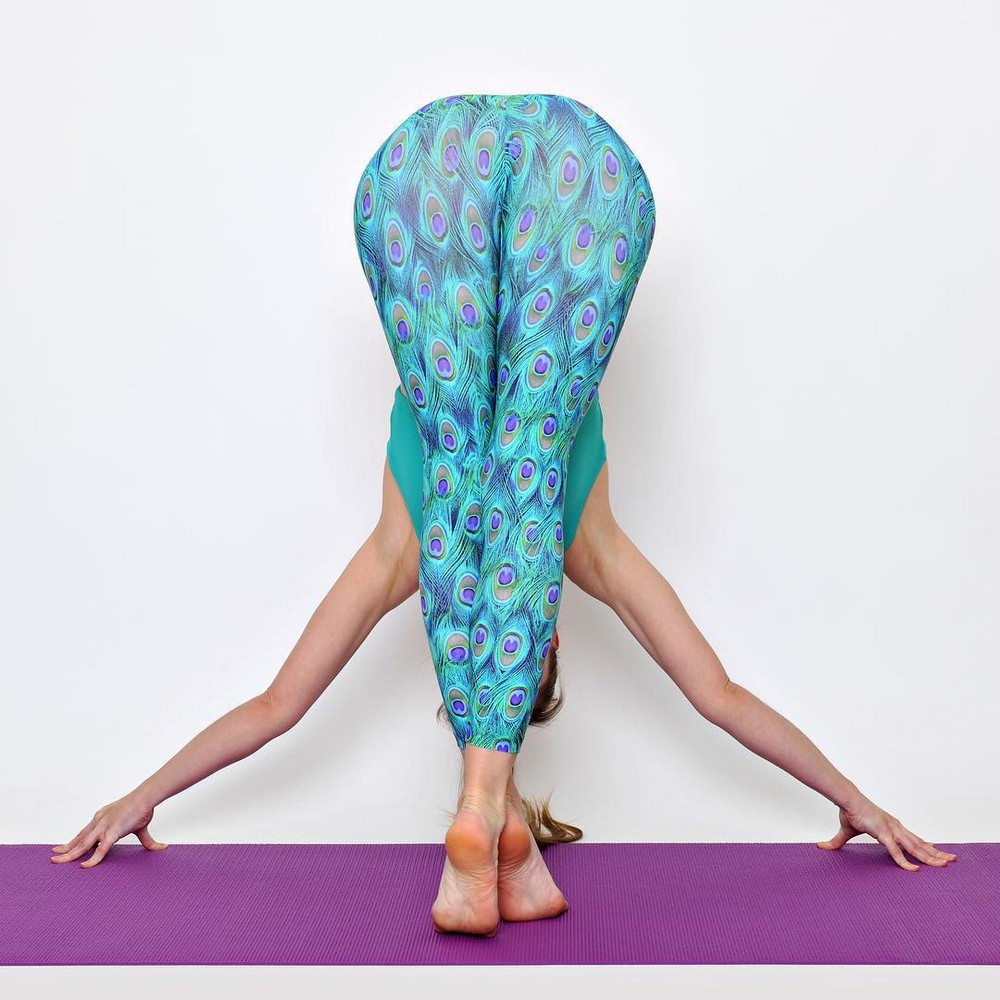
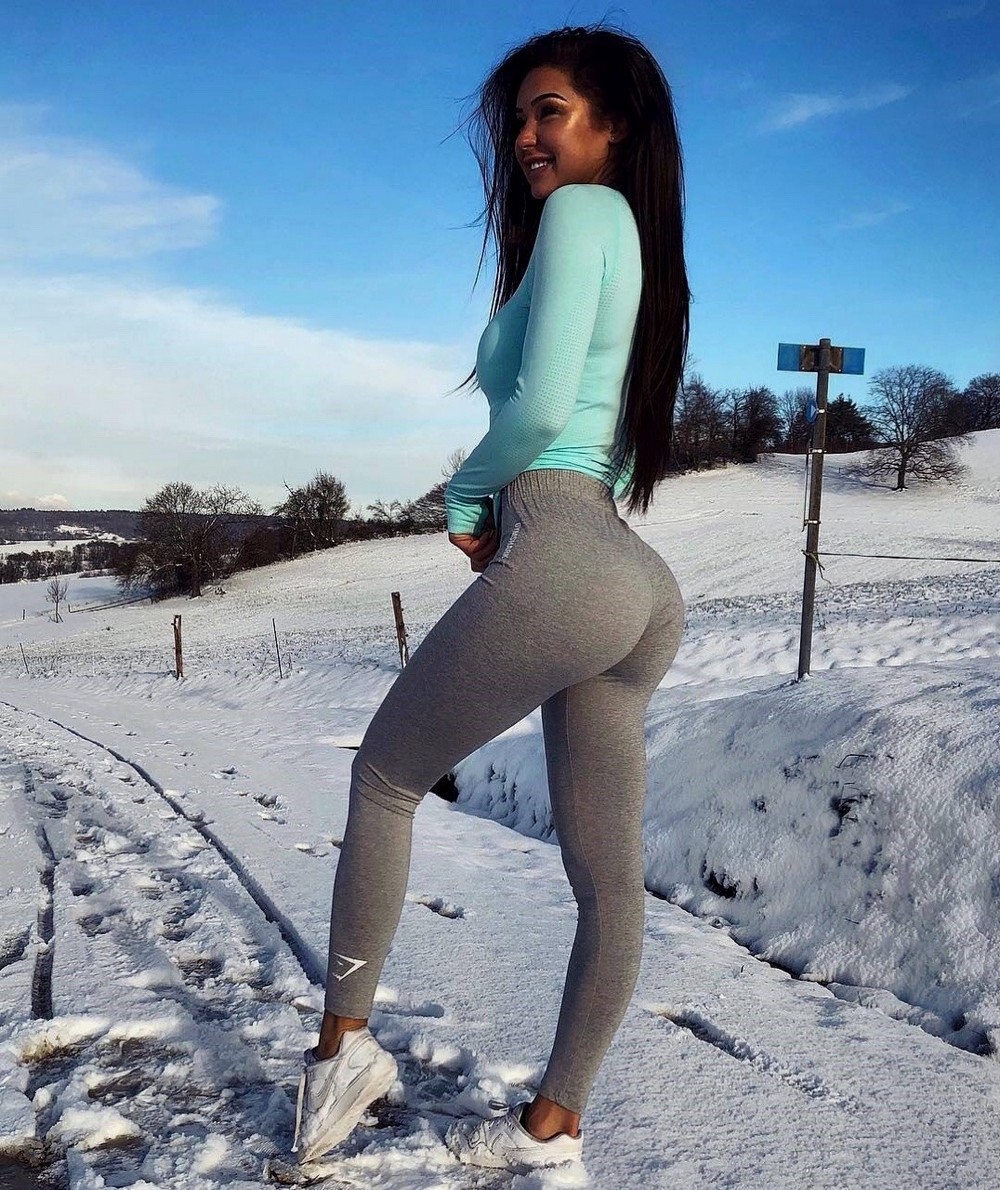

The influence of high fashion extends beyond the runways to the sidewalks. Street style, characterized by its eclectic mix of influences, has become a dynamic force shaping trends. Fashion bloggers, influencers, and everyday individuals contribute to the democratization of style, showcasing the diversity of personal expression.

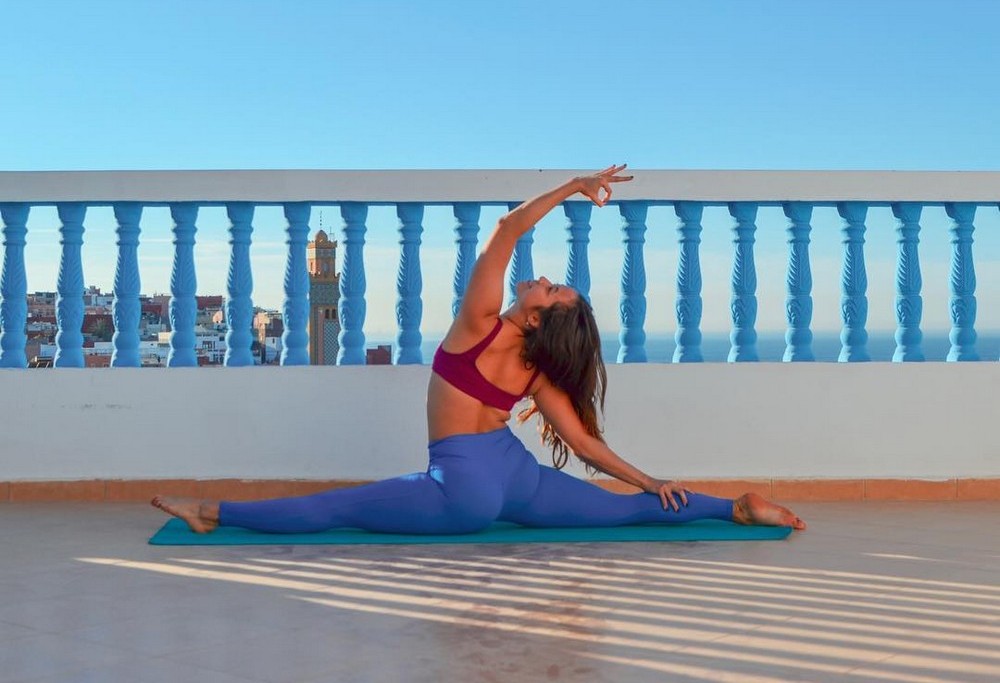
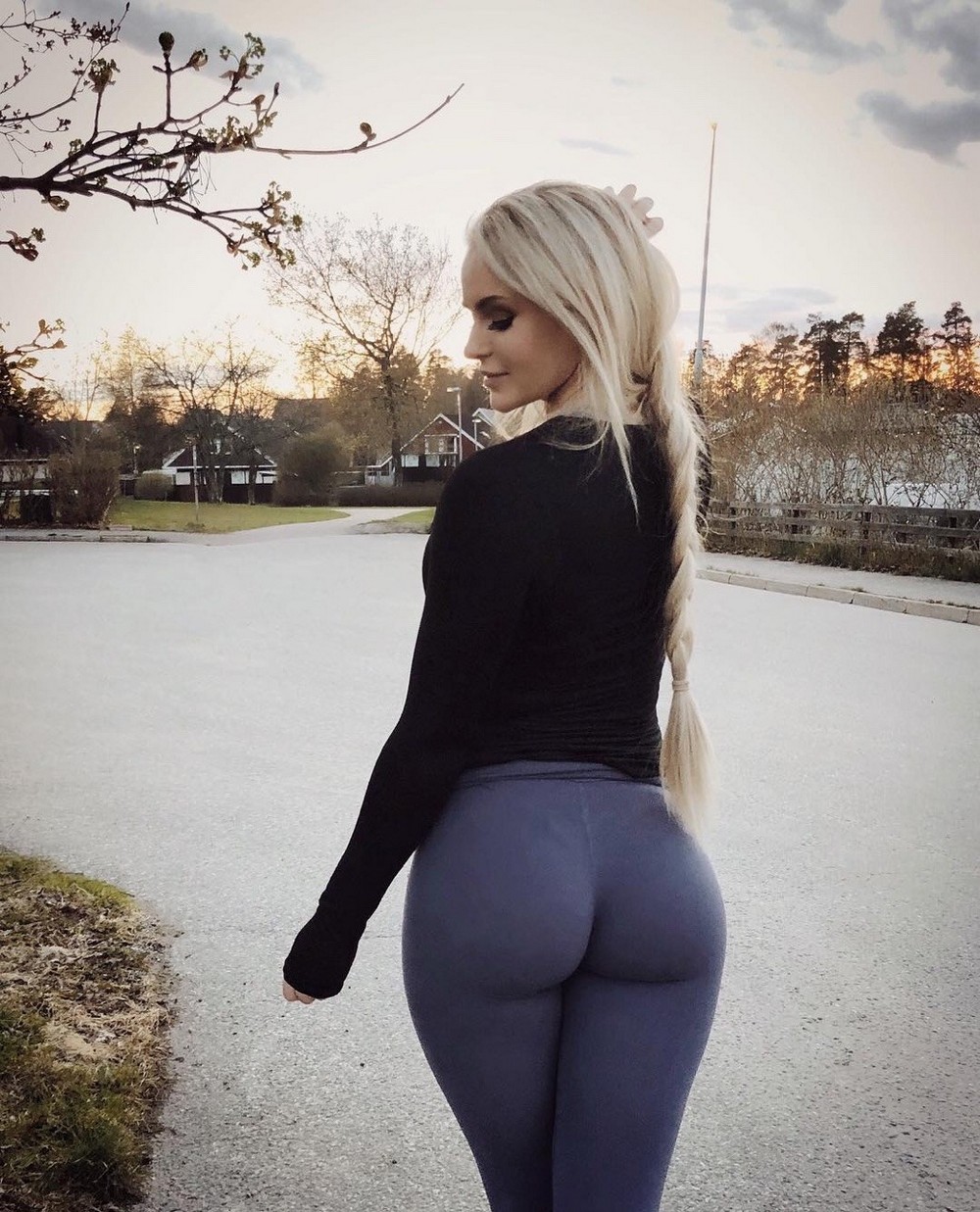

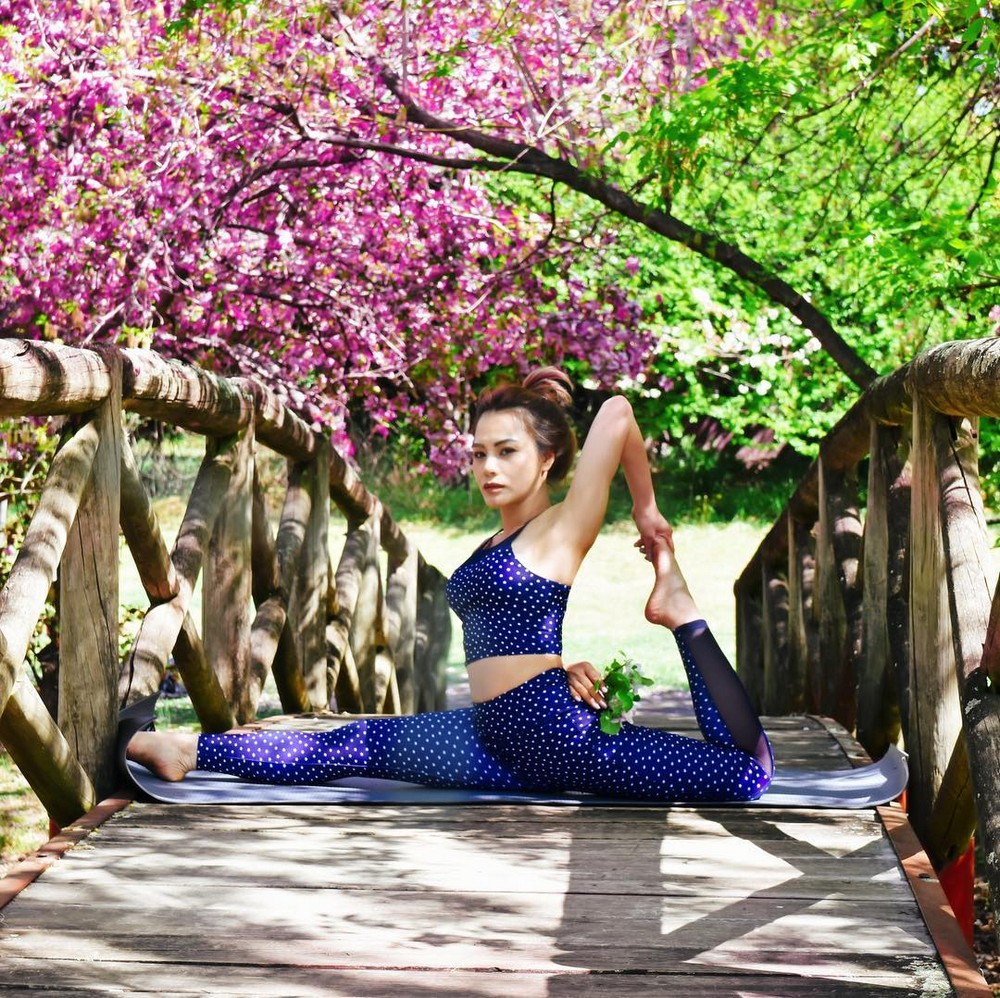
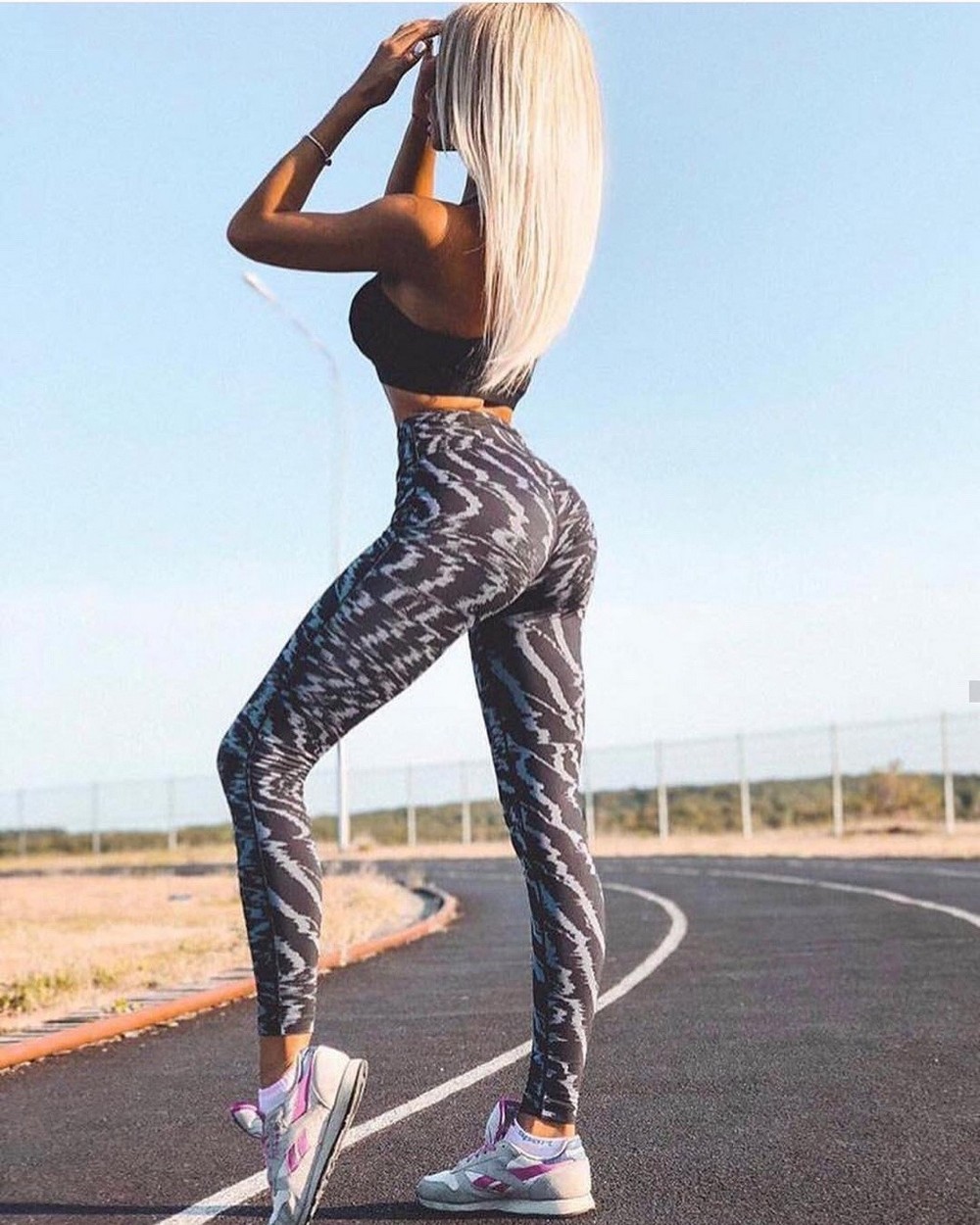
As fashion becomes increasingly globalized, the line between cultural appropriation and appreciation becomes a critical point of discussion. The fusion of diverse influences can lead to enriching cross-cultural exchanges, but it also demands a respectful acknowledgment of the origins and significance of the borrowed elements.

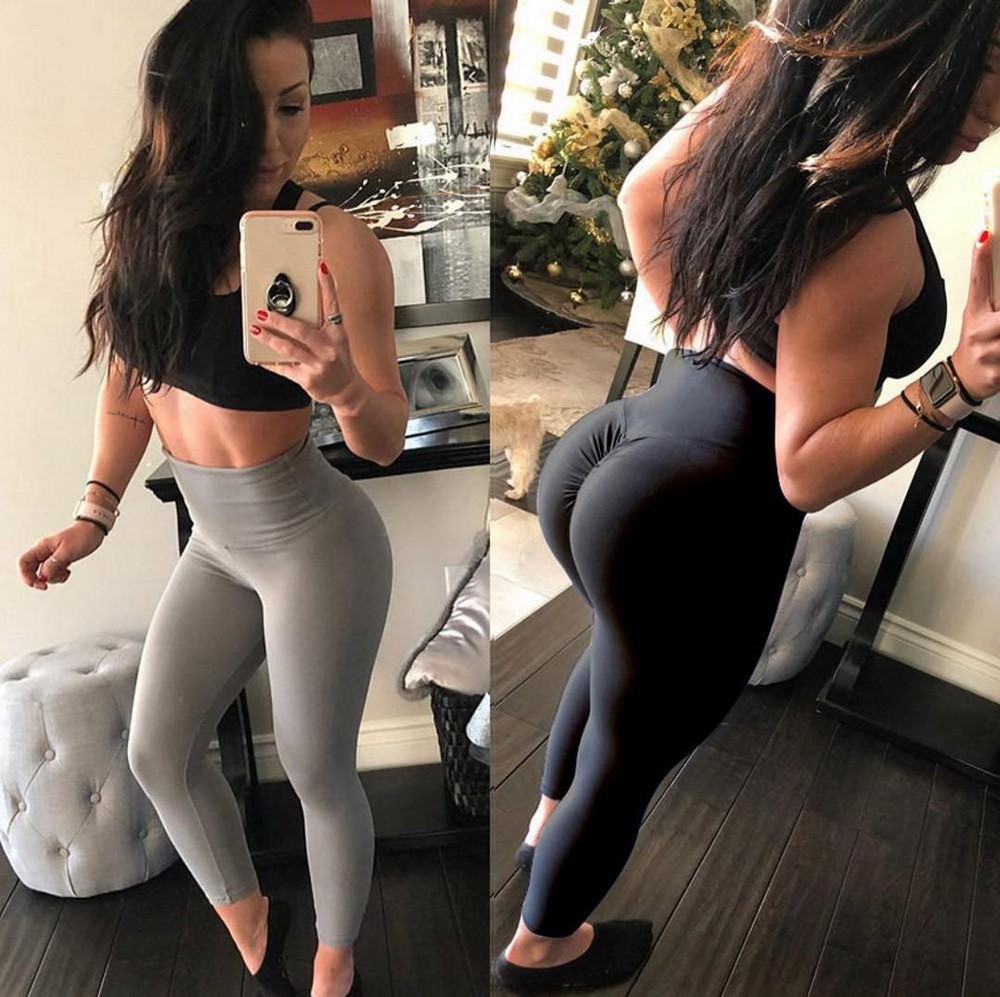
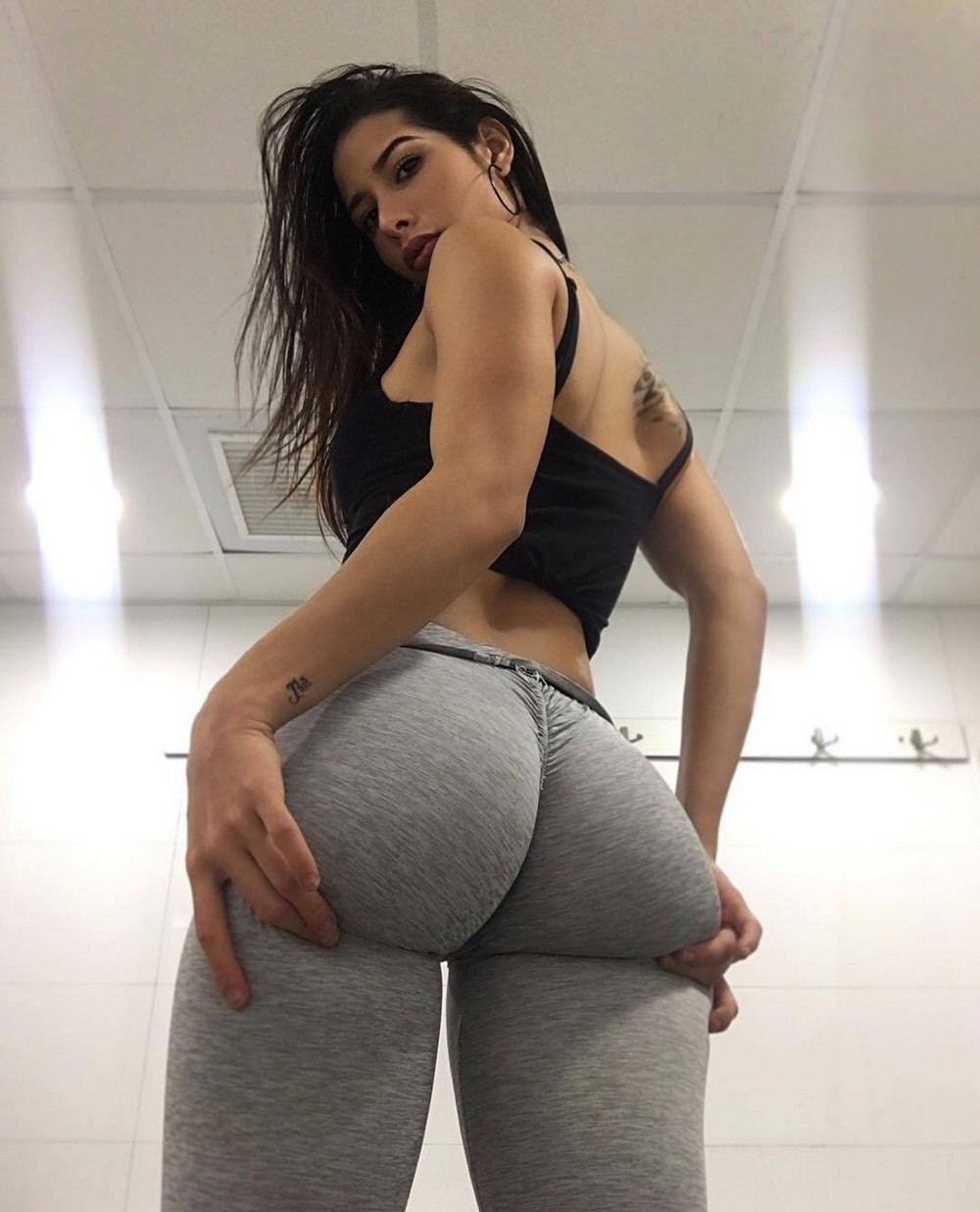

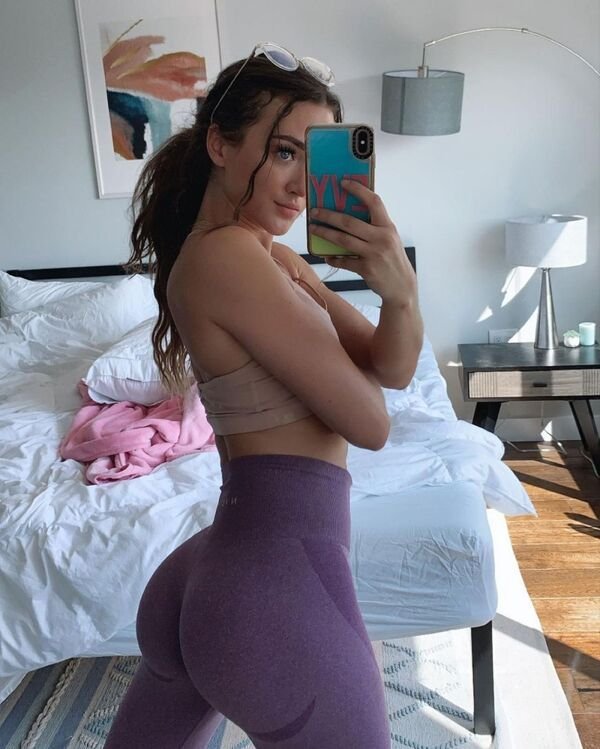
The fashion industry is witnessing a paradigm shift towards sustainability and ethics. Designers and consumers alike are embracing eco-friendly materials, ethical production practices, and a mindful approach to consumption. This shift reflects a growing awareness of the environmental impact of fashion and the need for responsible choices.

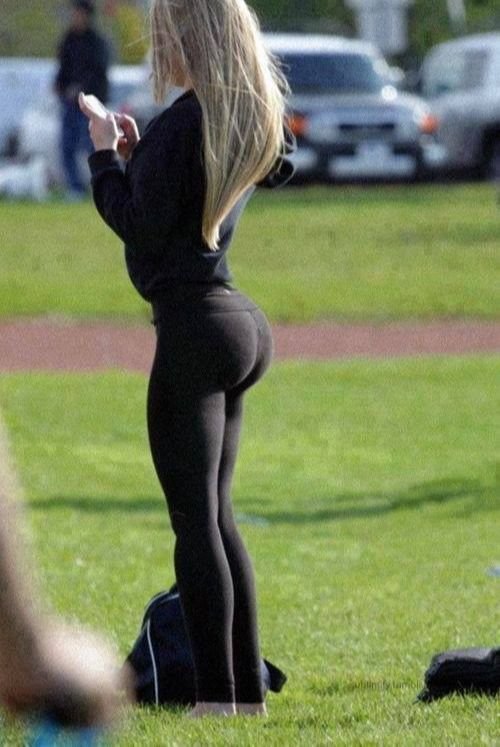

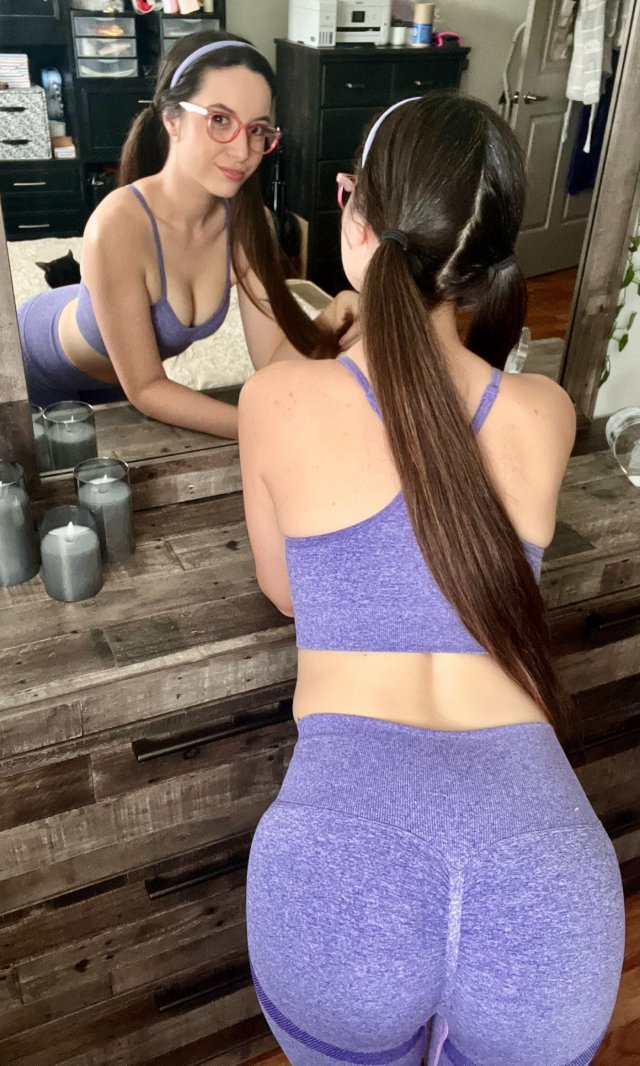

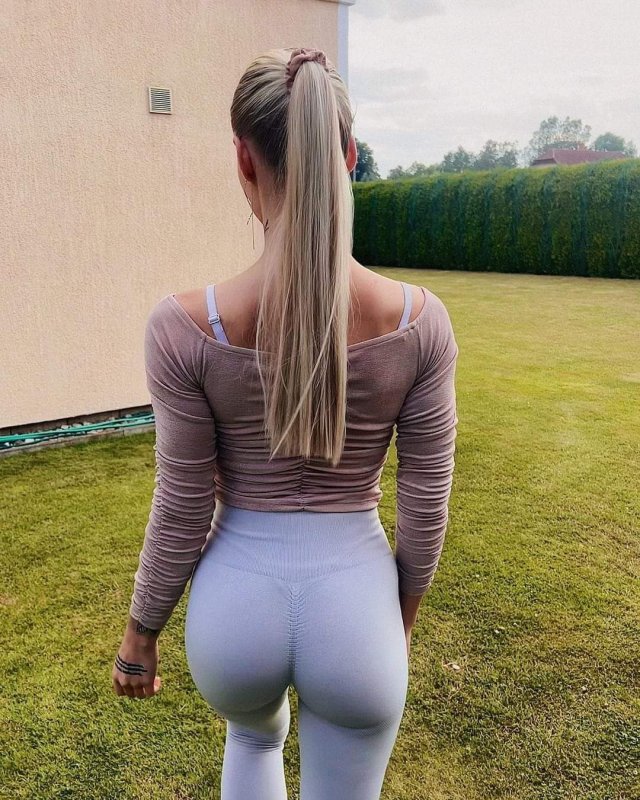

The digital age has transformed fashion into an accessible and interactive experience. Social media platforms serve as virtual runways, allowing designers, influencers, and brands to showcase their creations to a global audience. The immediacy of these platforms has democratized fashion, bridging the gap between creators and consumers.


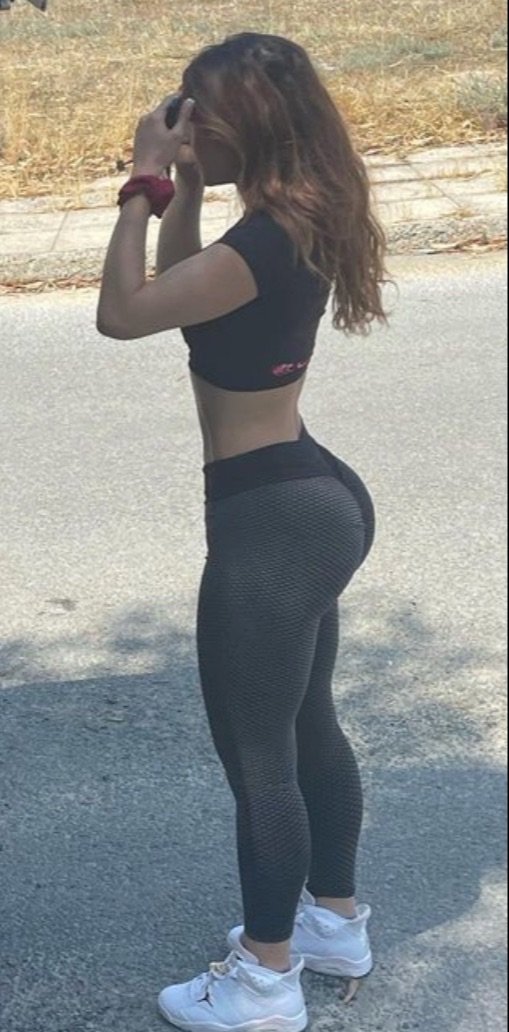



Virtual fashion shows and augmented reality experiences are redefining the traditional runway format. Designers now have the freedom to experiment with immersive storytelling and create virtual experiences that transcend the physical constraints of traditional fashion events.

